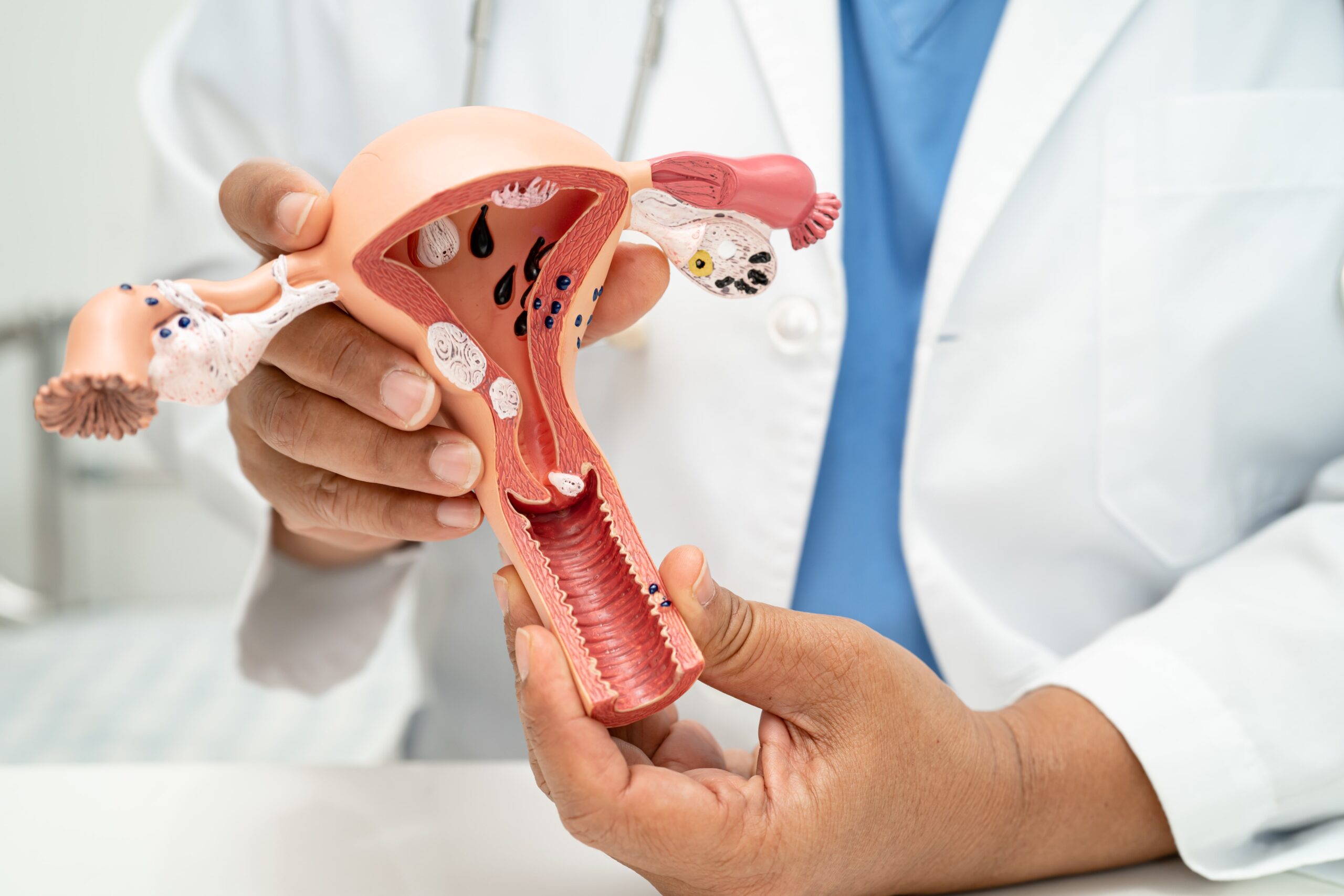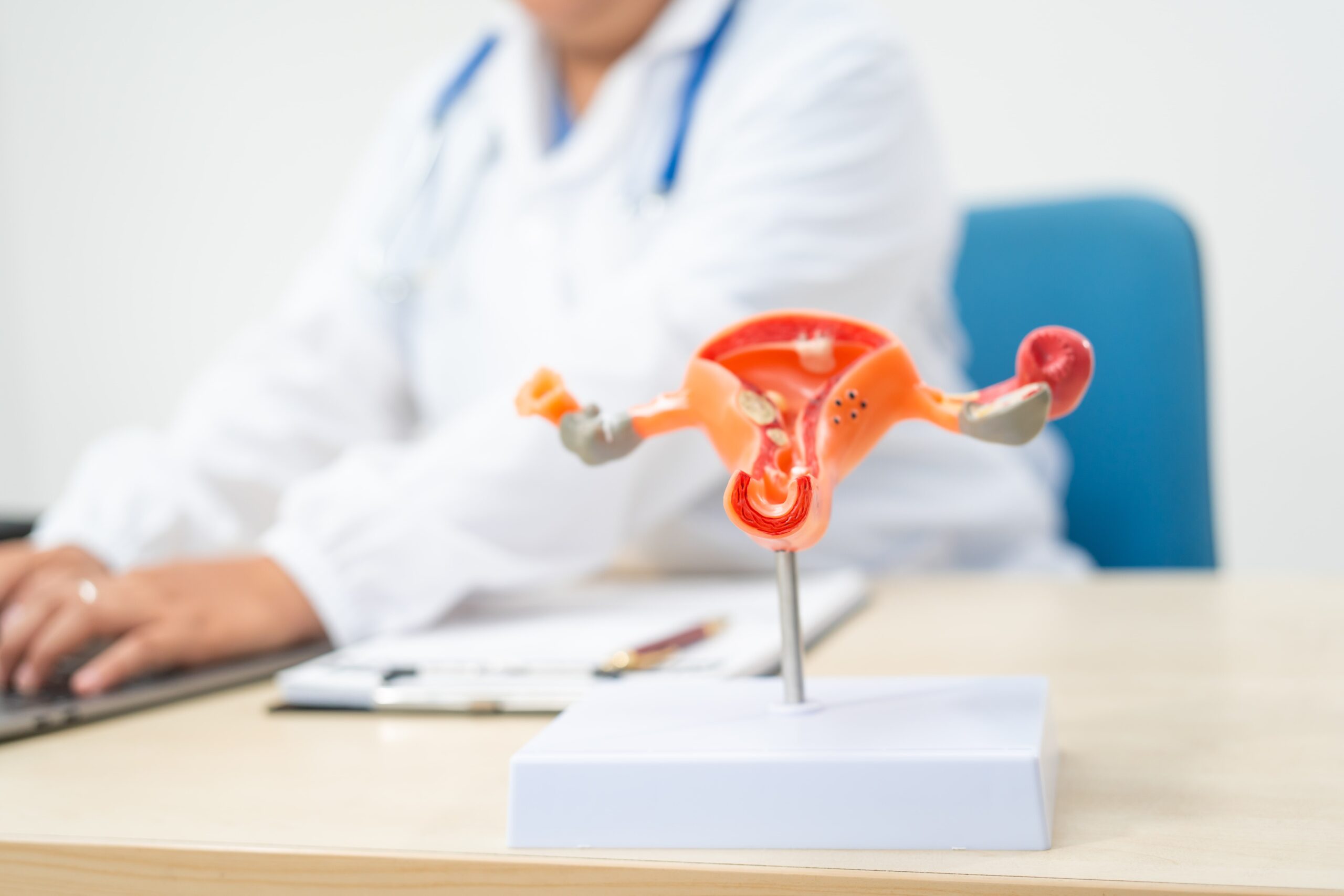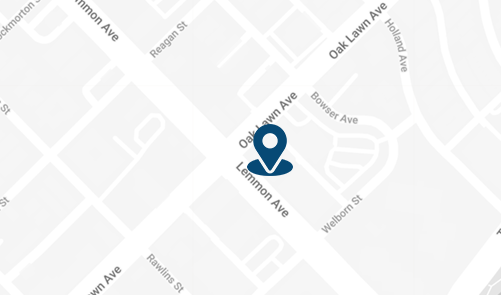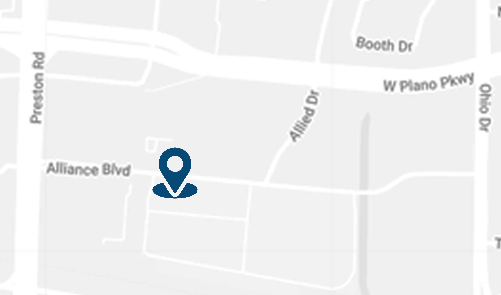By: Dr. Dev Batra | 10.11.25
Do you experience unusually heavy periods, persistent pelvic pain, or a feeling of pressure in your abdomen? For many women, these symptoms are a daily struggle caused by uterine fibroids.
While these benign growths can feel like a life sentence, many believe that a major surgery like a hysterectomy is the only way to find relief. But that’s not true. Thanks to modern medicine, you can now shrink fibroids without surgery using an advanced, minimally invasive procedure called Uterine Fibroid Embolization (UFE).
What Are Uterine Fibroids?
Uterine fibroids are non-cancerous growths in or on the wall of the uterus. They are incredibly common, affecting up to 80% of women by age 50. Their size can range from a tiny seed to a large grapefruit, and their symptoms can vary just as much. While some women have no symptoms at all, others endure life-altering issues like heavy bleeding from fibroids, pelvic pressure, or frequent urination.
Conventional Treatment Options – and the Problem with Them
Traditionally, fibroid treatment has involved medication, hormone therapy, or surgery. While effective, these options often come with significant downsides. A myomectomy, for instance, is a surgery to remove fibroids but can have a lengthy recovery and may not prevent new fibroids from growing. A hysterectomy, which removes the entire uterus, is a permanent solution but is a major surgery and eliminates the possibility of future pregnancy.
For women looking for a fibroid treatment without hysterectomy, UFE is a true game-changer.

What Is Uterine Fibroid Embolization (UFE)?
UFE is a non-surgical procedure performed by a specialized doctor known as an interventional radiologist. The procedure is performed in an outpatient setting and involves no surgical incisions. Instead, a tiny catheter is guided through a small entry point, usually in the wrist or groin, directly to the arteries that feed the fibroids.
How does fibroid embolization work? The interventional radiologist injects tiny, FDA-approved particles into the arteries that supply blood to the fibroids. This effectively blocks the blood flow, starving the fibroids. Over the following weeks and months, the fibroids naturally shrink, and symptoms diminish. This minimally invasive fibroid procedure offers a new path to relief.
Benefits of UFE Over Traditional Surgery
The advantages of UFE are significant and speak to its growing popularity:
- Minimally Invasive: It is a catheter-based procedure with no surgical incisions.
- Preserves the Uterus: UFE leaves the uterus intact, a major benefit for many women.
- Faster Recovery: Patients typically return to their normal routine in just 7 to 10 days, compared to the 6-to-8-week recovery time for a hysterectomy.
- Highly Effective: Most patients experience significant relief from their symptoms, with high patient satisfaction rates.
- Covered by Insurance: UFE is covered by most major health insurance plans.

What to Expect During and After the Procedure
The UFE procedure itself takes about 60-90 minutes. Patients are awake but sedated, ensuring they are comfortable throughout the process. After the procedure, you will be monitored for a few hours before you can go home.
The initial recovery period is a few days, during which you may experience some cramping. Within one to two weeks, most patients feel back to normal. Patients often notice a significant reduction in their symptoms, such as less heavy bleeding from fibroids, within a few menstrual cycles.
Is UFE Right for You?
While UFE is an excellent option for many women, it’s not for everyone. It is considered an ideal non-surgical fibroid treatment for women with symptomatic fibroids who are not currently seeking pregnancy.
The best way to determine if you are a candidate is through a comprehensive consultation, which may include an MRI or ultrasound. Our expert interventional radiologists will help you navigate your fibroids treatment options and discuss any concerns about fibroids and fertility.
Why Choose Texas Vascular Institute for UFE?
At Texas Vascular Institute, we specialize in uterine artery embolization and other minimally invasive treatments. Our physicians, Dr. Dev Batra, Dr. Steve C. Hong, and Dr. Kareem Elshatory are board-certified interventional radiologists with extensive experience in the field.
Our goal is to provide the best fibroid treatment in Texas by offering personalized, compassionate care in our state-of-the-art facilities in Dallas, Hurst, and Plano.
Take the Next Step Toward Fibroid Relief
Don’t let fibroids control your life. You have options to achieve fibroid symptom relief without a major operation. To learn more about how to avoid fibroid surgery and see if UFE is right for you, schedule a consultation today.
Read more blogs
Embolization Procedure
Discover embolization procedures for non-surgical relief from knee pain, heel pain, and fibroids. Safe, effective, and fast recovery.
Find Relief Without Surgery
Find relief without surgery at Texas Vascular Institute. Minimally invasive vascular treatments, faster recovery, and compassionate care.
Uterine Fibroid Embolization
Learn how Uterine Fibroid Embolization (UFE) treats fibroids safely without surgery. Discover benefits, recovery, and if it’s right for you.
WHAT OUR PATIENTS
have to say
Texas Vascular Institute always appreciates feedback from our valued patients. To date, we’re thrilled to have collected 378 reviews with an average rating of 5 out of 5 stars. Please read what others are saying about Texas Vascular Institute below, and as always, we would love to collect your feedback.
Leave a Review
Amazing Practice
I'm very particular with my Healthcare and tend to be cautious with referrals to specialists. This office is amazing from the first point of contact. Their staff are friendly, professional and highly knowledgeable. Then the Dr is just as amazing as his staff, absolutely brilliant. Office manager Jessica has this office running like a well oiled machine and does so with a smile, an air of confidence, kindness and professionalism. Love this practice!!
- Richard G.

Beyond Thankful
Dr Batra and his staff are amazing! We are so grateful to have found him. Everyone is so kind and so caring and Dr Batra explains everything so well and does procedures with excellence. Beyond thankful to be under their care!!!
- Bitsy P.

Gold Standard
This is a gold standard for how a medical practice should be run. I was promptly seen at my scheduled time, my ultrasound was thorough and I received plenty of attention and care from the staff and Dr.Batra.
- Weronika L.
INSURANCE
We accept most major insurance plans. Please contact the medical office for all insurance related questions.









8330 Meadow Rd #100
Dallas, TX 75231
For Appointments: 972-798-4710
General Inquiries: 972-646-8346

809 West Harwood Rd, Suite 101,
Hurst, TX 76054
For Appointments: 972-798-4710
General Inquiries: 972-646-8346

4716 Alliance Blvd Suite #180,
Plano, TX 75093
For Appointments: 972-798-4710
General Inquiries: 972-646-8346

